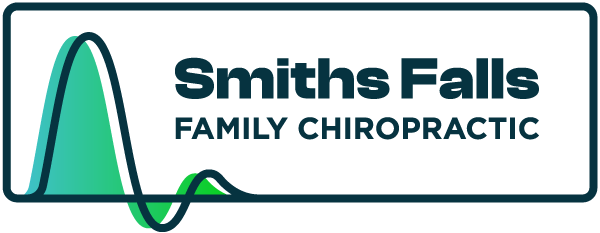Touch, smell, taste, hearing, sight. The 5 senses. They provide information to our brain about our surroundings, by detecting the stimuli around us. The brain is in a constant state of adaptation to new stimuli, and essentially forms a 3D map of what happens outside of our body. The ever-changing aspect of the brain is called ‘neuroplasticity’.
Yet the brain needs short cuts too. This is the bias we all carry about our perceived reality. We naturally look for events and stimuli that confirm what we think we know. Our reality is not, in essence, the same as what may be someone else’s reality.
The brain uses the 5 senses not as its’ primary system of radar. Rather, the senses actually serve as only minor corrective elements to what the brain already assumes is going on. The brain filters everything through its past experiences first, as well as its’ expectations of the future. Brains “fill in the blanks” with old or new ideas we hold onto. Thus, we usually get exactly what we expect. Or, as the saying goes – ‘what we think about, we bring about’. The brain will actually ignore input from the senses if it sees that information as too far from its’ own bias. In this way we all live our own algorithm, just like Google or Apple Music create an algorithm of what we predictably expect.
With regards to our health, there are of course situations where the brain will respond to our environment incorrectly. We can make poor reflexive decisions. We can become mired in negative self-talk. We may lose focus or be clumsy. We may react without properly using our emotional intelligence. Research by Heidi Haavik PhD at heidihaavik.com develops and explores the fact that chiropractic adjustments measurably help re-map the brain’s 3D map and reset the way the brain receives sensory inputs. That is why after a specific adjustment we may have better focus, feel calmer, breath better and even sometimes, see colour better for a short while. It’s exciting work!
- Haavik H, Kumari N, Holt K, Niazi IK, Amjad I, Pujari AN, Türker KS, Murphy B. The
contemporary model of vertebral column joint dysfunction and impact of high-velocity, low-
amplitude controlled vertebral thrusts on neuromuscular function. Eur. J. Appl. Physiol.
2021;121(10):2675-2720. doi: 10.1007/s00421-021-04727-z. Advance online publication. - Haavik H, Niazi IK, Kumari N, Amjad I, Duehr J, Holt K. The potential mechanisms of high-
velocity, low-amplitude, controlled vertebral thrusts on neuroimmune function: A narrative
review. Medicina (Kaunas, Lithuania). 2021;57(6). doi:10.3390/medicina57060536


